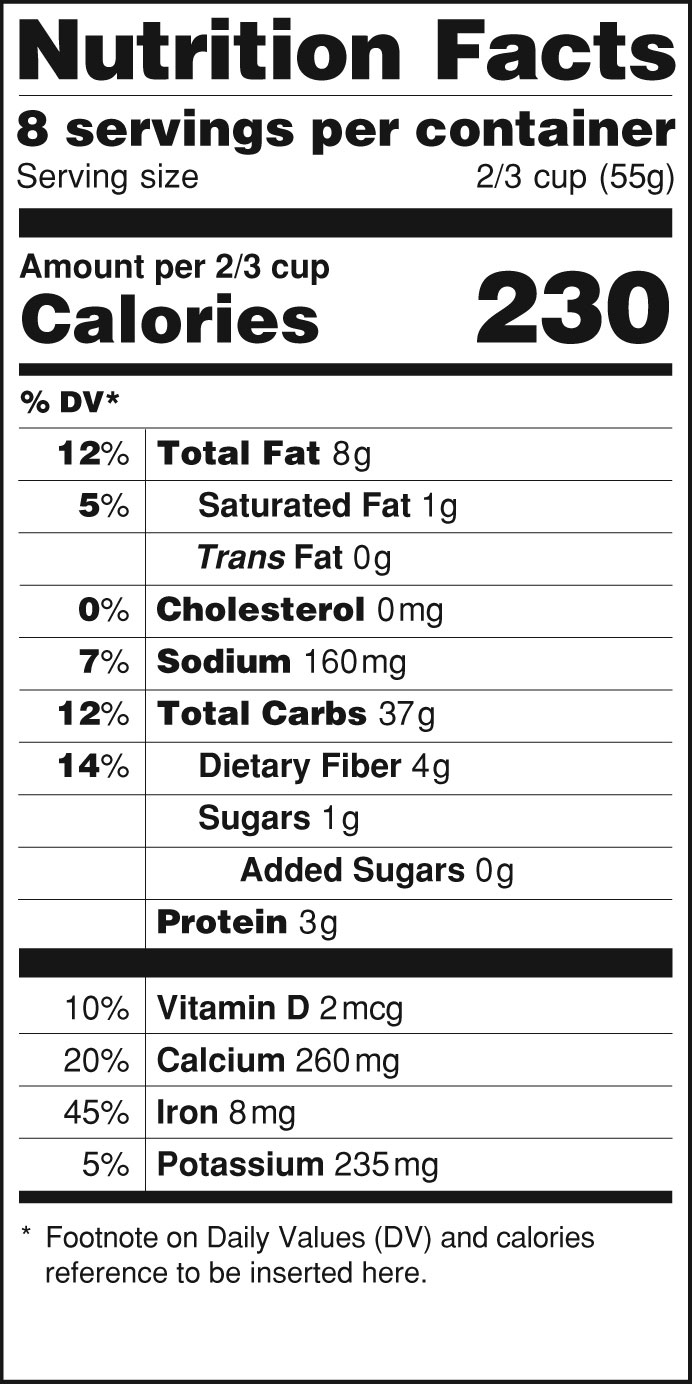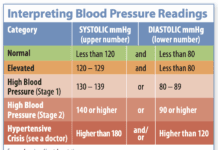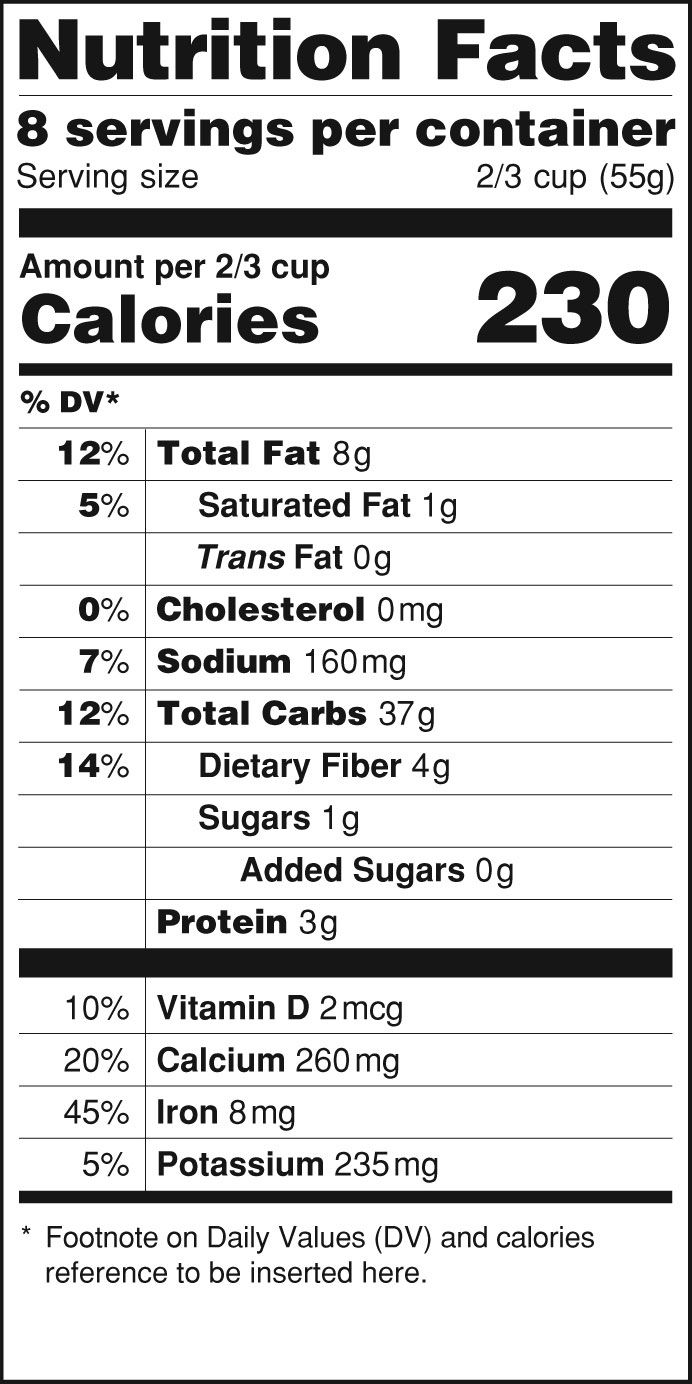Administration has proposed the most significant changes in nutrition labels since the government started requiring them in 1992. The Nutrition Facts labels were last modified in 2006, with the addition of trans fat data. The latest FDA proposal goes much further, revising portion sizes, the labels appearance and which nutrients must be included and even how theyre calculated. But dont look for the new labels on grocery shelves anytime soon:

A comment period extends to late May, and the agency will give companies two years to implement the changes once rules are finalized.
The proposal reflects a shift in scientific understanding of the factors behind
Americas obesity epidemic and its health consequences. Calories would be displayed in larger type atop the nutrient information. The line for calories from fat would be dropped, as research shows the type of fat consumed is more important than the amount. A new line, expected to be controversial with food companies, would show the amount of sugar added to foods in manufacturing. Recent findings (see story page 1) have implicated added sugars in cardiovascular disease, as well as in obesity.
In adjusting serving sizes on about 17% of packaged foods, the agency noted that the labels were based on eating habits from the 1970s and 1980s-before portions ballooned. Things like the size of a muffin have changed so dramatically, said Margaret A. Hamburg, MD, commissioner of the FDA. It is important that the information on the Nutrition Facts labels reflect the realities of the world today. Under the proposal, 20-ounce sodas would be considered a single serving, not 2.5, and a serving of ice cream would go from a half-cup to a full cup.
Data for potassium and vitamin D (listed in micrograms instead of the current International Units) would be required. Numbers for vitamins A and C, which most Americans get enough of, would become optional.
Percentages for daily values (DV) would shift to the left on the new labels, making them more prominent. The FDA would also update how DVs for calcium, vitamin D, sodium and fiber are calculated. Sodium would use a slightly lower DV-2,300 milligrams versus the current 2,400-but not the 1,500 target advocated by the American Heart Association. Dietary fiber would exclude processed fibers such as inulin and maltodextrin, which the FDA says arent as beneficial as those in whole foods.
The agency also released a more radical, alternative revision that groups nutrients under avoid too much and get enough categories.























